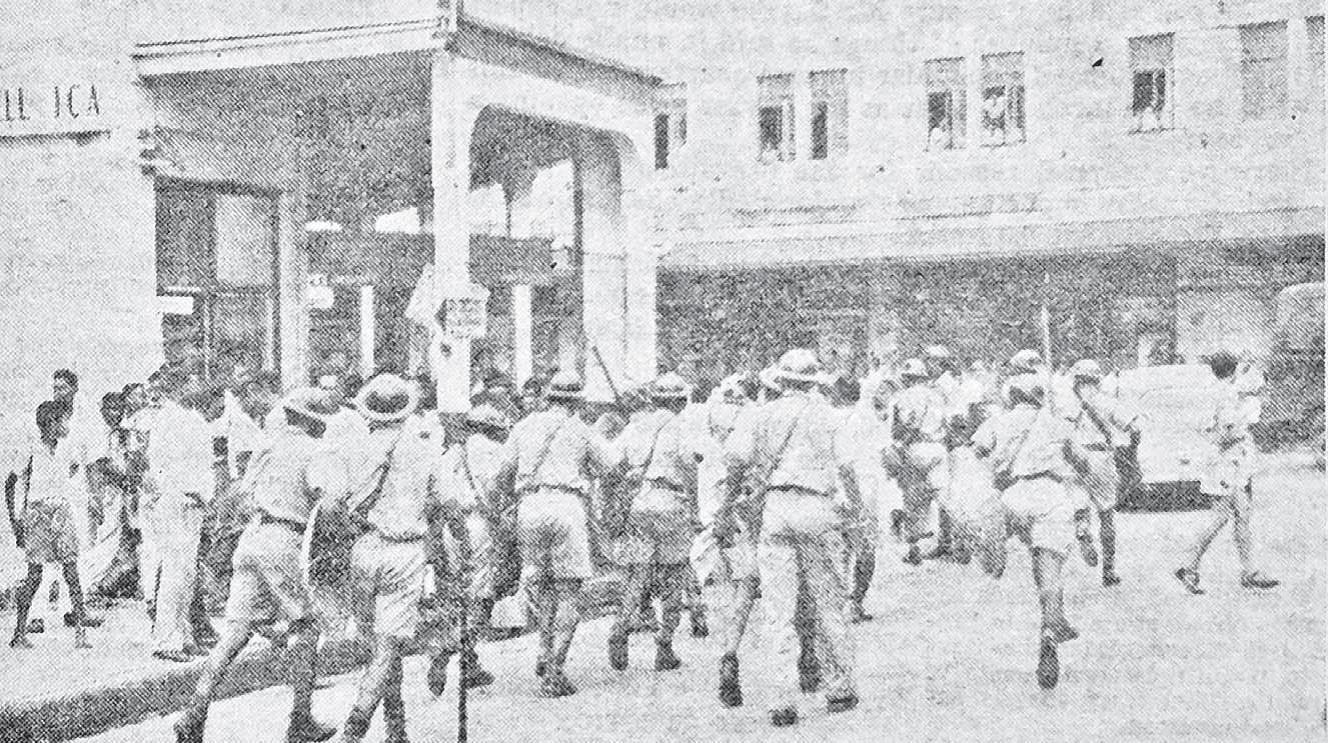In 1982, Fiji announced it would set up an anti-riot squad to specifically combat prison violence.
This proclamation was made three years after the famous prison riots of 1979 that caused government substantial property damage.
The 10-man elite team, called the Emergency Control Unit (ECU), was raised from the ranks of the prison service and formally approved by Cabinet in June 1982.
The squadron was outfitted with $28,000 worth of backup gear including masks, helmets, batons, ballistic vests and a smoke machine.
The initiative was announced during a news conference on July 7, 1982 by Minister for Home Affairs Ratu William Toganivalu, who said all anti-riot equipment to be used in prison was recommended by Mr John Nash, a former director of prisons in New South Wales.
Ratu William said the cost of the equipment was “chicken feed” when compared with the unit’s function and the advantages it would bring citizens. The ECU was headed by a principal prisons officer.
Prior to its setup, three unit members received specialised emergency control training in Australia.
“The main purpose of the unit is to prevent a recurrence of what happened in 1979 which cost government $400,000,” Ratu Wiliam said in The Fiji Times of July 8, 1982.
“The main function of the unit is to mobilise and rush to any of our prison complexes in case of trouble.
“But before that, their job would be to “sniff out” any trouble areas and put it out before it develops for the worse, like the 1979 riots. “It’s like a fire brigade.
“These things crop up here and crop up there.
“It’s in these stages when they come in to prevent them from mushrooming.”
The unit was trained for other types of emergencies as well and was then referred to as the “spearhead” of the combined prison force.
On December 9, 1959, Suva also witnessed a large-scale riot, this time on the streets of Suva.
This was after three days of strike action by 250 to 300 men who were members of the Whole and Retail General Workers’ Union.
The oil company workers went on strike in Suva, Nadi airport and Vuda Point, demanding an increase in pay from three pounds to six pounds and better working conditions.
The industrial action disrupted many public services including transport, and threatened essential services such as water and power supply.
Police threw smoke bombs and made several charges at a crowd that had congregated to hear union officials speak in Suva.
Men in the crowd retaliated by hurling stones and rocks at the police. The Fiji Times of December 10, 1959 stated the street disturbances were “the worst in Suva’s 77-year history” as the capital of Fiji.




